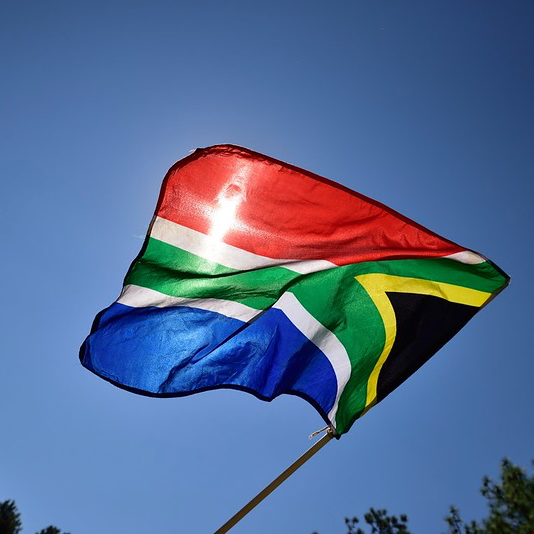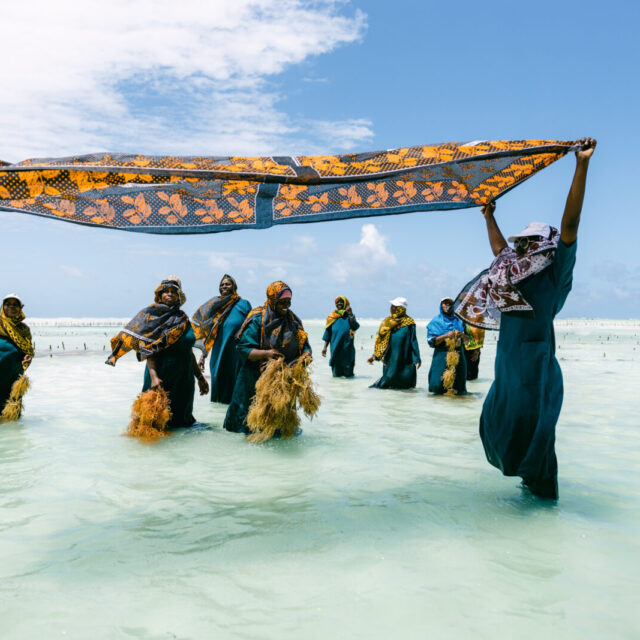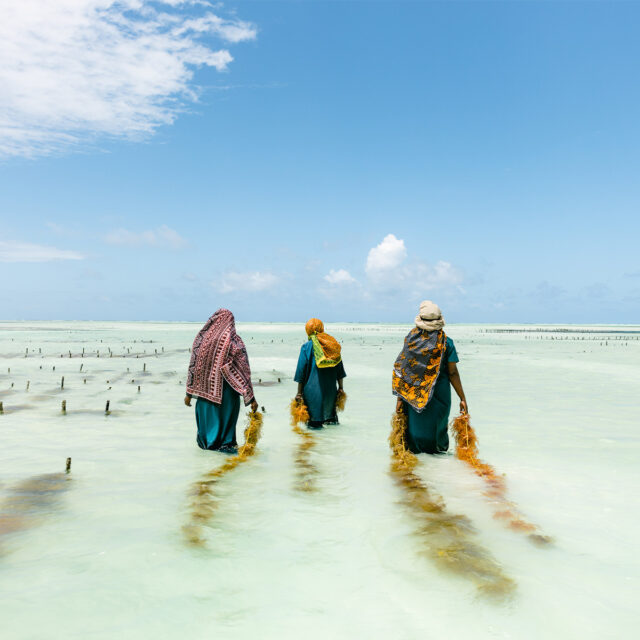Over 10 million South Africans receive about R350 ($24) per month as part of the Social Relief of Distress (SRD) grant, which aims to support those impacted most by COVID-19. The programme started in April 2020 and is scheduled to end in March 2022.
Mapi Mhlangu, a Bloomberg journalist, spoke to Totsie Memela Khambula, the CEO of the South African Social Services Agency (SASSA), about how the agency administered this grant, as well as the challenges, successes, and lessons of implementing the continent’s biggest programme to mitigate the socioeconomic impacts of COVID-19. This interview has been edited for length and clarity.
How did the agency deal will the task of administrating the SRD grant?
From the moment President Cyril Ramaphosa gave us marching orders on this grant in April 2020, we immediately made our first forays into implementing this intervention — whose scale and truncated timelines were both daunting and unprecedented. We’ve seen the programme through its extension after the grant’s first six months lifespan had lapsed in October 2020, the extension in January 2021, and the re-introduction of the scheme for the period August 2021 to March 2022.
But to say the journey to where we are now was easy would be devoid of truth. It’s been fulfilling and challenging at the same time, a steep and rapid learning curve with several course corrections and optimization tweaks along the way. Call them “turbo-booster” deployments, if you will. Revisiting these challenges and lessons helps us sharpen our focus on the scheme’s further potential, our organisation’s own latent potential for growth and innovation, and the path ahead for our country’s social relief programmes and policies.
What challenges have you faced and how did you overcome them?
One of the earliest challenges to leap to the fore right at the outset was the question of approved grant beneficiaries’ access to banking services and accounts. It’s one thing to know conceptually that South Africa has a large unbanked population. It’s quite another to grapple with the implications of that reality when you want to give urgent cash relief to a sizeable chunk of the population — the majority of whom either simply didn’t have bank accounts through which to receive the disbursements or had not provided these details to SASSA.
This first headache arguably triggered a second niggle, in that it compelled us to refer about 60% of approved SRD grant beneficiaries to the post office for payment. Helpful as that was in addressing the immediate challenge of getting money to unbanked recipients, it resulted in the long queues at post offices, which we saw in the early days of the SRD grant implementation.
But throwing our hands in the air in despair or saying “we tried to find a solution, and we’ve ran into further problems,” is a luxury we simply don’t have at SASSA. Not only do we aspirationally define ourselves to be a solutions, learning, and innovation-driven organization, we are increasingly finding our stride in walking that talk. Importantly, these tweaks have also meant that 90% of beneficiaries now receive the first payment of their SRD grant promptly, in the very month in which their application is approved. This turnaround from the previous situation, when some beneficiaries had to wait several months before receiving their first disbursements, means a lot to us.
93% of surveyed beneficiaries identified food and groceries as the item they spend the money on, while nearly 32% identified electricity.
As a result of these interventions, it warmed our hearts to learn that 93% of surveyed beneficiaries identified food and groceries as the item they spend the money on, while nearly 32% identified electricity as their priority spend item.
How do you know you are paying the right people?
It became abundantly clear quite early on in the planning and implementation process that there were large segments of the population about whom the state knew very little. It’s a known fact that as well targeted as our arsenal of social relief measures is, there is a substantial number of people between the ages of 18 and 59 who remain outside of the net of any of our social grants. This is because they don’t have a disability, are not caregivers, parents, or foster parents of children, and do not qualify for an old age grant.
Prior to the mammoth exercise of soliciting applications for the SRD grant from qualifying South Africans over the age of 18, very little specifics could be known about the socioeconomic situation of many of these citizens. At best, the state had a general, broad picture from periodic statistics. This clearly disadvantaged the state because — as any military general would tell you — to win the battle, you need to understand the battlefield in vivid detail. If we are to have any hope of halting poverty, unemployment, and inequality, it is crucial that we know in as precise detail as possible exactly who, how many, and where the poor and unemployed of our country are.
So, if data is gold, our rollout of the SRD grant has led us to a significant reef deposit. This is neither in a sinister manner of an all-knowing big-brother state, nor in the form of a government recklessly handling personal information against the prescripts of our law. It is rather in the dogged pursuit of effective policy planning and implementation.
For instance, the data we now have from the application process has filled in vivid colour to the unemployment crisis in our country. We know now that 60% of all applicants for the grant are between the ages of 18 and 35, which is meant to be the most economically productive years of a person’s life. But distressingly, we also learned that 62% of these applicants have never been employed, while 17% had work in the past two years. The latter statistic arguably gives us a glimpse of how much deeper COVID-19 and lockdowns dug us into the unemployment hole.
Conclusion: Tackling COVID-19’s impacts
There’s an IsiZulu expression that succinctly yet powerfully captures the situation many people have found themselves in during the pandemic: “ikati lilala eziko.” This expression posits that in a household struggling financially, a domestic cat can use the household stove-top as a sleeping space, because the shortage of food means hardly anything gets cooked anyway, and the risk of a hot stove-top is minimal to the cat. But when the family is helped with groceries or income, they are said to have chased the cat away from the stove-top (“ususe ikati eziko”).
South Africa’s Social Relief of Distress grant has done just that for families in need.



